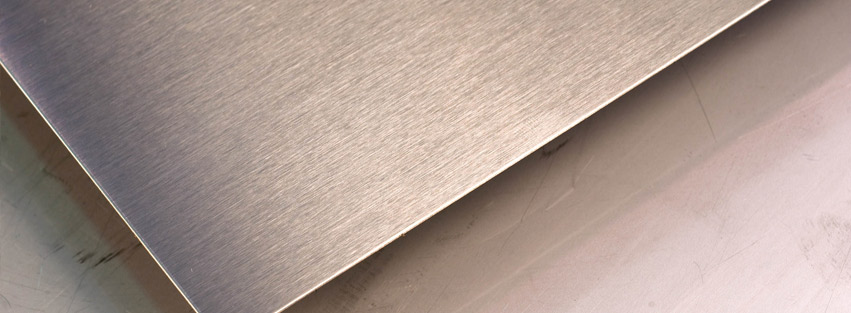Stainless steel is also known as inox steel that does not stain with water as ordinary steel, corrode or rust. Despite the name, it’s not fully stain proof mostly under low oxygen, high coarseness or poor environments. Stainless steel has good resistance to corrosion, staining and low maintenance which makes it ideal material for many applications and industries. There are more than 150 grades of stainless steel out of which 15 are most commonly used in different industries. They are marketed for its corrosion resistance, sanitary qualities and modern appearance.
Why Stainless Steel?

Stainless steel has been used widely in many industries and their usage continues to increase in all fields. They are excellent corrosion resistance, 100% recyclable, high ductility & strength, Non-magnetic, excellent high and low temperature properties and have many other advantages. They also come in different forms. Austenitic stainless steels, Ferritic stainless steels, Martenistic, Duplex and super duplex stainless steel are few types available. Austenitic stainless steels are commonly used as sheets in architectural constructions. Martenistic stainless steel was used for cutlery. Ferritic are used for the electric light bulb filament and commonly used for turbine blades.
Types of Stainless Steels
Austenitic Stainless Steel: Austenitic Stainless Steels are the most common and familiar types of stainless steel. They are most easily recognized as non magnetic. They are extremely weldable and formable, and they can be successfully used from cryogenic temperatures to the red-hot temperatures of furnaces and jet engines. They contain between about 16 and 25% chromium, and they can also contain nitrogen in solution, both of which contribute to their high corrosion resistance. Were it not for the cost of the nickel that helps stabilize their austenitic structure, these alloys would be used even more widely.
Ferritic Stainless Steels: It consists of iron-chromium alloys with body-centered cubic crystal structures. They can have good ductility and formability, but high-temperature strengths are relatively poor when compared to austenitic grades. Some ferritic stainlesses (such as types 409 and 405) used, for example, in mufflers, exhaust systems, kitchen counters and sinks, cost less than other stainless steels. Other more highly alloyed steels low in C and N (such as types 444 and 261) are more costly, but are highly resistant to chlorides.
Martensitic Stainless Steels: Tt is similar to low alloy or carbon steels. they are similar in composition to the ferrite group ,but contains a balance of c and Ni vs. Cr and Mo. they can be hardened and strengthened by heat treatment. They are classed as a “hard” ferro-magnetic group. The main alloying element is chromium, with a typical content of 12-15%.
